 Abraham Lincoln
If given the truth, the people can be depended upon to meet any national crisis...
Abraham Lincoln
If given the truth, the people can be depended upon to meet any national crisis...
 Guildford news...
for Guildford people, brought to you by Guildford reporters - Guildford's own news service
Guildford news...
for Guildford people, brought to you by Guildford reporters - Guildford's own news service
What Guildford’s GPO Home Guard Unit Did During The Second World War
Published on: 17 Dec, 2016
Updated on: 19 Dec, 2016
Based on a photo of men from Guildford Post Office who formed a Home Guard unit during the Second World War, historian Frank Phillipson writes about it and the duties the volunteers undertook.

Guildford’s Post Office Home Guard company pictured at the telephone exchange in Leapale Lane, itself seen in the background beyond the fence. Click to enlarge in a new window. David Rose collection.
When established in May 1940 there were no Local Defence Volunteer (LDV) units specifically dedicated to General Post Office (GPO) service.
However, from about the same time that the LDV was renamed the Home Guard in July 1940, separate specialist Post Office battalions were formed in zones corresponding to the regional organisation of the Post Office. They were wholly separate from the local Home Guard units in their area but would liaise with them on defence measures.
Non specialist Post Office employees could be found in ordinary Home Guard units and some people with specialist knowledge who were not Post Office employees were directed into the GPO Home Guard.
The Post Office units had the specific task of guarding and defending post offices, telegraph and telephone systems, not only from direct enemy action, but also from possible saboteurs. They were also to guard bomb-damaged Post Office buildings and equipment to prevent looting and theft.
There were three classes of building to defend: key points of national importance, important centres and premises of lesser importance. Some of the most important of these were to be provided with a guard at all times.
Protection was also to be provided to engineers who might be carrying out maintenance or repair of telephone and telegraph lines where there might be a risk of airborne attack or if a German invasion took place.
A definite number of men of the GPO Home Guard were needed for Post Office purposes but any not required for this would be free to assist in their local area defence measures.
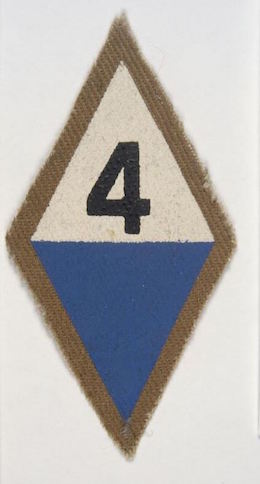
A diamond signaller’s flash badge from April 1941, without numbers worn by GPO Home Guard. IWM Non Comm. Licence.
The Post Office Home Guard also had the responsibility of setting up communications or signals systems within the general Home Guard. This included training of Home Guard Signals units by establishing Signals Training Schools and the provision of Signals Liaison Officers to assist in the training and organisation.
The importance of the GPO Home Guard in protecting communication services was recognised by the issuing of a special blue and white diamond flash to be worn on each arm. Their importance was further marked by an order issued by GHQ Home Forces that these men were not to be removed from their communication duties.
In rural Surrey the GPO units came under the 11th Sussex (39th GPO) Battalion which as well as Sussex also covered Hampshire. It’s headquarters were in Brighton and it was made up of seven companies “A” to “G”. In 1941 the battalion strength was 1,040 men.
“B” Company had its HQ in Guildford and was made up of four platoons of which numbers 1, 2 and 4 were based in Guildford with Number 3 Platoon based in Dorking.
“G” Company was located in Aldershot and was made up of five platoons; Number 1 in Aldershot, Number 2 in Farnham, Number 3 in Basingstoke, Number 4 in Woking and Number 5 in Haslemere.
A signals school was set up in Guildford in November 1942 and served eight of the Surrey Home Guard Battalions. Commanded by Lieutenant (later Captain) Tomlin, the school ran a course every six weeks or so in all aspects concerning communications including Morse Code, switchboard operation, wireless telegraphy, dispatch rider duties, map reading, “phonogram procedure” and the phonetic alphabet.
In line with other Home Guard units, Guildford’s “B” Company, 11th Sussex (39th GPO) Battalion held its final parade on December 3, 1944. After meeting up at their ‘new’ telephone exchange HQ in Leapale Lane they marched to Stoke Park Mansion behind Deputy Company Commander, Captain A W Rice.
Here the salute was taken by the Mayor of Guildford, Wykeham Price, and former Company Commander Major G W Beaumont. The mayor praised the company on providing protection during the war to the vital communication systems without which the armed forces of the country could not operate.
Recent Articles
- Guildford Institute’s Crowdfunding Project for Accessible Toilet in its New Community and Wellbeing Centre
- Letter: Guildford – Another Opportunity Missed?
- Letter: GBC’s Corporate Strategy – Where Is the Ambition?
- My Memories of John Mayall at a Ground-breaking Gig in Guildford Nearly Six Decades Ago
- Westborough HMO Plans ‘Losing the Heart of the Street’ Says Resident
- College Invests to Boost Surrey’s Economy and Close Digital Skills Gap
- Community Lottery Brings Big Wins for Local Charities
- GBC Housing Plan Promises ‘A Vibrant Urban Neighbourhood’ Near Town Centre
- Hospital Pillows ‘Shortage’ at the Royal Surrey
- Updated: Caravans Set Up Camp at Ash Manor School


Search in Site
Media Gallery
Dragon Interview: Local Artist Leaves Her Mark At One of England’s Most Historic Buildings
January 21, 2023 / No Comment / Read MoreDragon Interview: Lib Dem Planning Chair: ‘Current Policy Doesn’t Work for Local People’
January 19, 2023 / No Comment / Read MoreA3 Tunnel in Guildford ‘Necessary’ for New Homes, Says Guildford’s MP
January 10, 2023 / No Comment / Read More‘Madness’ for London Road Scheme to Go Ahead Against ‘Huge Opposition’, Says SCC Leader
January 6, 2023 / No Comment / Read MoreCouncillor’s Son Starts Campaign for More Consultation on North Street Plan
December 30, 2022 / No Comment / Read MoreCounty Council Climbs Down Over London Road Works – Further ‘Engagement’ Period Announced
December 14, 2022 / No Comment / Read MoreDragon Interview: GBC Reaction to the Government’s Expected Decision to Relax Housing Targets
December 7, 2022 / No Comment / Read MoreHow Can Our Town Centre Businesses Recover? Watch the Shop Front Debate
May 18, 2020 / No Comment / Read More



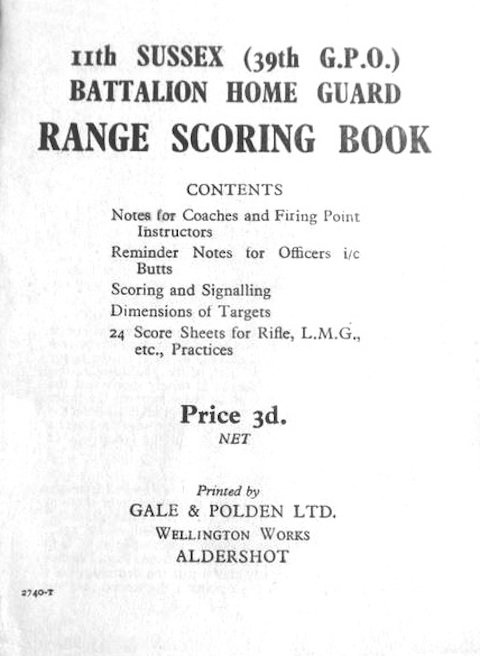
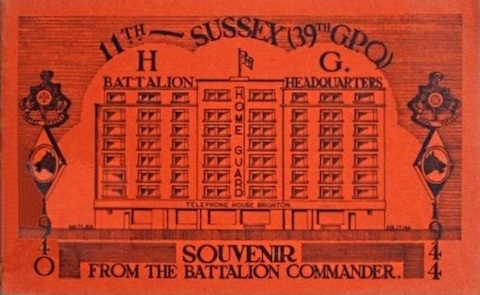
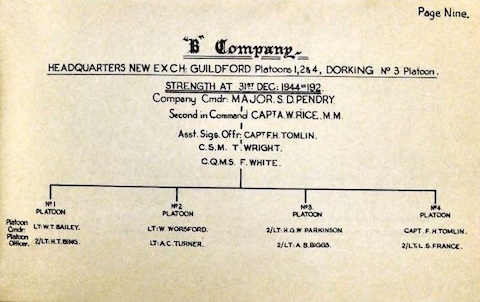

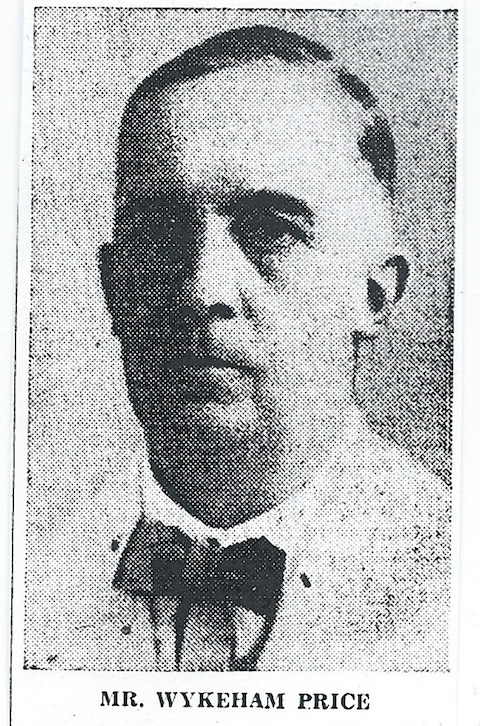






Recent Comments